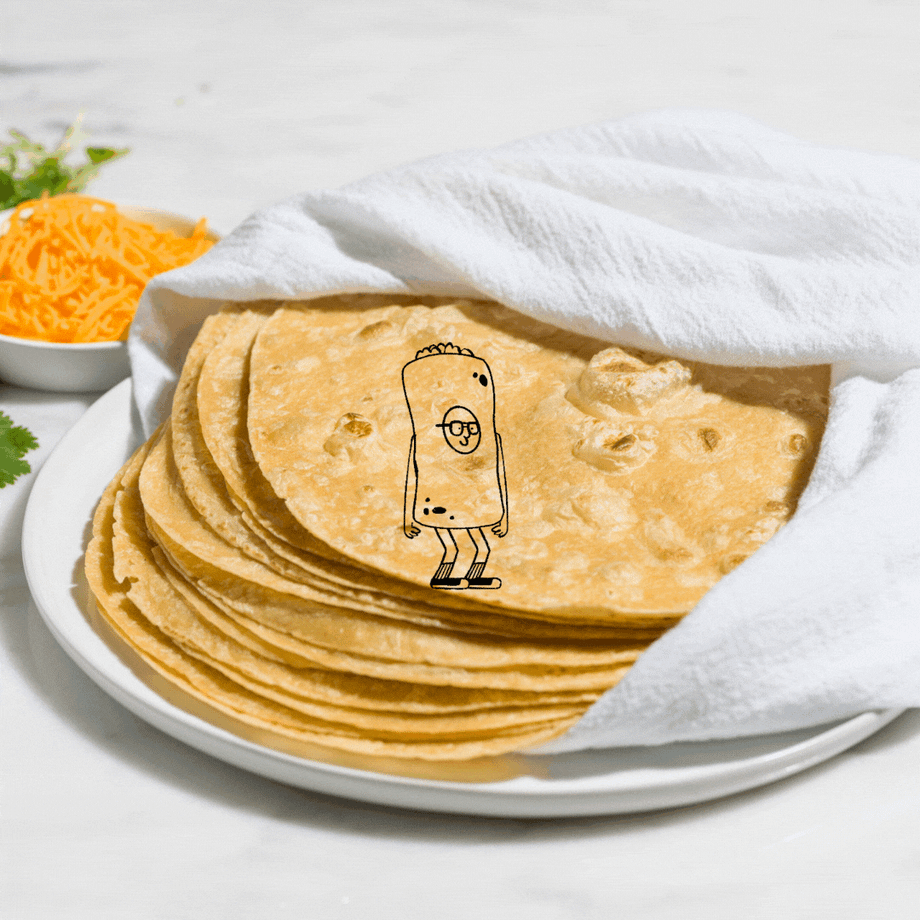High protein diets have piqued the interest of health enthusiasts and nutrition experts alike, often celebrated for their role in muscle building, weight management, and overall health. But as trendy as these diets may seem today, their roots run deep through human history. From the tables of ancient civilizations to modern convenience meals, the adaptation and appreciation of high protein diets have evolved significantly.
Ancient Civilizations and Protein Consumption
Protein has been a fundamental component of diets since the inception of human civilization. The ancient Egyptians, for example, thrived on meats, fish, and legumes, recognizing early on the benefits of protein-rich foods. Greece and Rome, too, consumed diets rich in animal proteins, often believing that a meat-heavy diet would imbue them with strength and vitality.
India, with its long-standing tradition of vegetarianism, utilized pulses and legumes as primary protein sources. These foods were often consumed in a variety of ways, incorporating local spices and herbs, offering vivid proof of a diverse diet long before the concept of "protein diversity" became popular.
The Middle Ages to the Renaissance
The Middle Ages ushered in significant changes in dietary habits and social structures, which influenced protein consumption. Peasants often relied on beans and eggs, while the aristocracy indulged in luxurious feasts of meats, showcasing the divide between the social classes. As trade routes expanded, new ingredients such as spices enhanced the protein-rich dishes of the Renaissance, bringing forth an era where the quality and variety of diet began mirroring one's status.
Modern Movements and High Protein Diets
As we moved into the 19th and 20th centuries, the understanding of proteins and their benefits grew exponentially. The industrial revolution enhanced transportation and preservation methods, allowing more widespread access to diverse protein sources. During this era, the foundation for today's high protein diet trends was laid, with various novel diets emphasizing the importance of high-protein intake for health and fitness.
High Protein in the 21st Century
Today's fast-paced lifestyles demand convenience alongside nutrition, inspiring innovations in ready-to-eat meals that cater to those seeking higher protein intake without compromising on taste or time. Products such as the 3 Cheese Chicken Alfredo - Single Serve offer an ideal solution for busy individuals looking to maintain a high-protein diet with minimal effort.
Meanwhile, the Jalapeno Popper Mac & Cheese - Single Serve and Beefy Queso Burrito showcase how culinary creativity and convenience can coexist, providing protein-rich options that fit seamlessly into modern diets.
Conclusion
The history of high protein diets is a testimony to their enduring importance in human nutrition. As our understanding of nutrition continues to evolve, so too do the ways we incorporate these essential nutrients into our daily lives. The pursuit of a balanced, protein-rich diet is now simpler than ever, with innovations and products easily accessible, such as those offered by EatCounter.
By looking at the past, we reflect on a continuous journey — one where nutrition and cultural evolution walk hand in hand, shaping our diets to be both practical and delicious.

